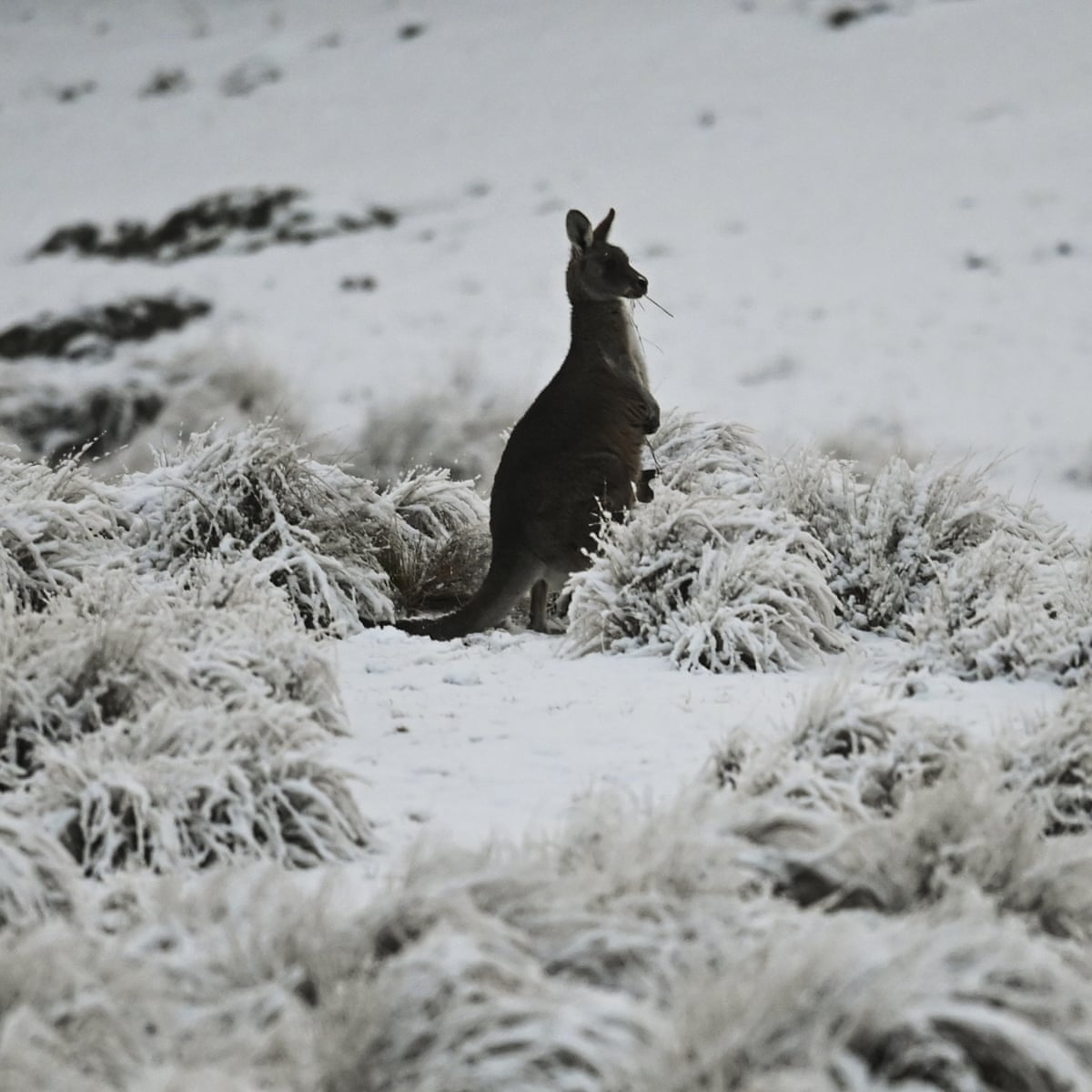Find Out About the Fascinating Weather Patterns That Cause Snow In Australia Each Winter
Find Out About the Fascinating Weather Patterns That Cause Snow In Australia Each Winter
Blog Article
The Various Kinds Of Snow in Australia and Their Effect On Wintertime Sports
Australia, known for its sun-soaked coastlines, is also home to a varied variety of snow problems that significantly influence winter season sports. Each kind, from the wet seaside snow to the dry interior powder, presents special challenges and advantages for athletes. An understanding of these variants is crucial for those seeking to browse the Australian inclines, as each calls for different methods and strength. The following exploration will certainly talk about the ramifications of these snow types on winter sports efficiency.

Comprehending the Characteristics of Various Snow Kinds
While lots of presume that snow is a homogeneous entity, it is crucial to recognize that there are various types, each with distinct attributes. These differences in snow kind aren't merely aesthetic; they significantly effect wintertime sporting activities, determining the simplicity of motion, the speed possible, and the level of control required from professional athletes.
The Influences of Powder Snow on Snowboarding and Snowboarding
Despite its light and cosy look, powder snow in the Australian Alps offers both unique challenges and opportunities for winter season sports enthusiasts, particularly those taken part in winter sports and snowboarding. The loosened, dry nature of powder snow can initially be challenging to browse for beginners, calling for cautious balance and control. Nonetheless, for more skilled experts, the soft, untracked snow supplies an electrifying experience, enabling active and vibrant motion. The flexible and smooth surface of powder snow likewise minimizes threat of injury during falls, making it a preferred choice for extreme winter sporting activities. Yet, it's worth keeping in mind, the differing deepness and uncertain nature of powder can sometimes result in surprise barriers, calling for continuous watchfulness.

The Challenges and Benefits of Stuffed Snow in Winter Months Sports
Shifting emphasis from the loosened, completely dry powder snow, another common type of snow in the Australian Alps is stuffed snow, posturing its own collection of challenges and advantages in the realm of winter months sports. This denser, more solidified type of snow supplies a faster, slicker surface, benefiting sporting activities like downhill skiing and snowboarding, enhancing rate and precision. Nevertheless, the very same features additionally present challenges. Its hard surface area can be risky, enhancing the capacity for injuries during falls. Furthermore, regulating and navigating turns speed can be tough on stuffed snow, requiring higher skill levels from professional athletes. Despite these obstacles, packed snow remains a critical element in many winter months sporting activities, forming the efficiency and techniques of athletes.
The Role of Damp Snow in Australian Winter Seasons Gamings
In contrast to the dense, slick surface of packed snow, damp snow plays a completely various function in Australian winter months video Recommended Site games. Does It Snow In Australia. Its malleability makes it optimal for snow sculpting occasions and for fortifying snow structures in sporting activities like snow fort battles.

How Slushy Snow Impacts Winter Sports Efficiency
Proceeding the expedition of varying snow problems in Australia, the effect of slushy snow on wintertime sports is one more fascinating aspect. Slushy snow, resulting from warmer temperatures or straight sunshine, presents distinct challenges to athletes. Hence, slushy snow changes the winter sporting activities landscape, demanding not only heightened physical effort from professional athletes however additionally a higher emphasis on safety and security preventative measures.
Adapting Winter Season Sports Techniques to Different Snow Problems

Verdict
To conclude, Australia's diverse snow types considerably affect winter months sports performance. Each type, from the slick seaside snow to the drier indoor powder and the heavy, sticky wet snow, provides distinct difficulties and advantages. Hence, athletes must adjust their methods to navigate these differing problems effectively. The snow's formative role underscores the relevance of recognizing navigate here its characteristics to optimize performance and safety in Australia's wintertime sports landscape.
Moving focus from the loosened, dry powder snow, an additional prevalent type check this of snow in the Australian Alps is jam-packed snow, positioning its very own collection of challenges and advantages in the realm of wintertime sports - Does Australia Get Snow.In comparison to the dense, glossy surface of packed snow, damp snow plays an entirely various duty in Australian winter season games. Its malleability makes it ideal for snow sculpting occasions and for strengthening snow structures in sporting activities like snow fort fights.Proceeding the exploration of varying snow problems in Australia, the impact of slushy snow on winter season sports is one more fascinating variable. Each type, from the slick seaside snow to the drier interior powder and the hefty, sticky wet snow, presents distinct difficulties and benefits
Report this page